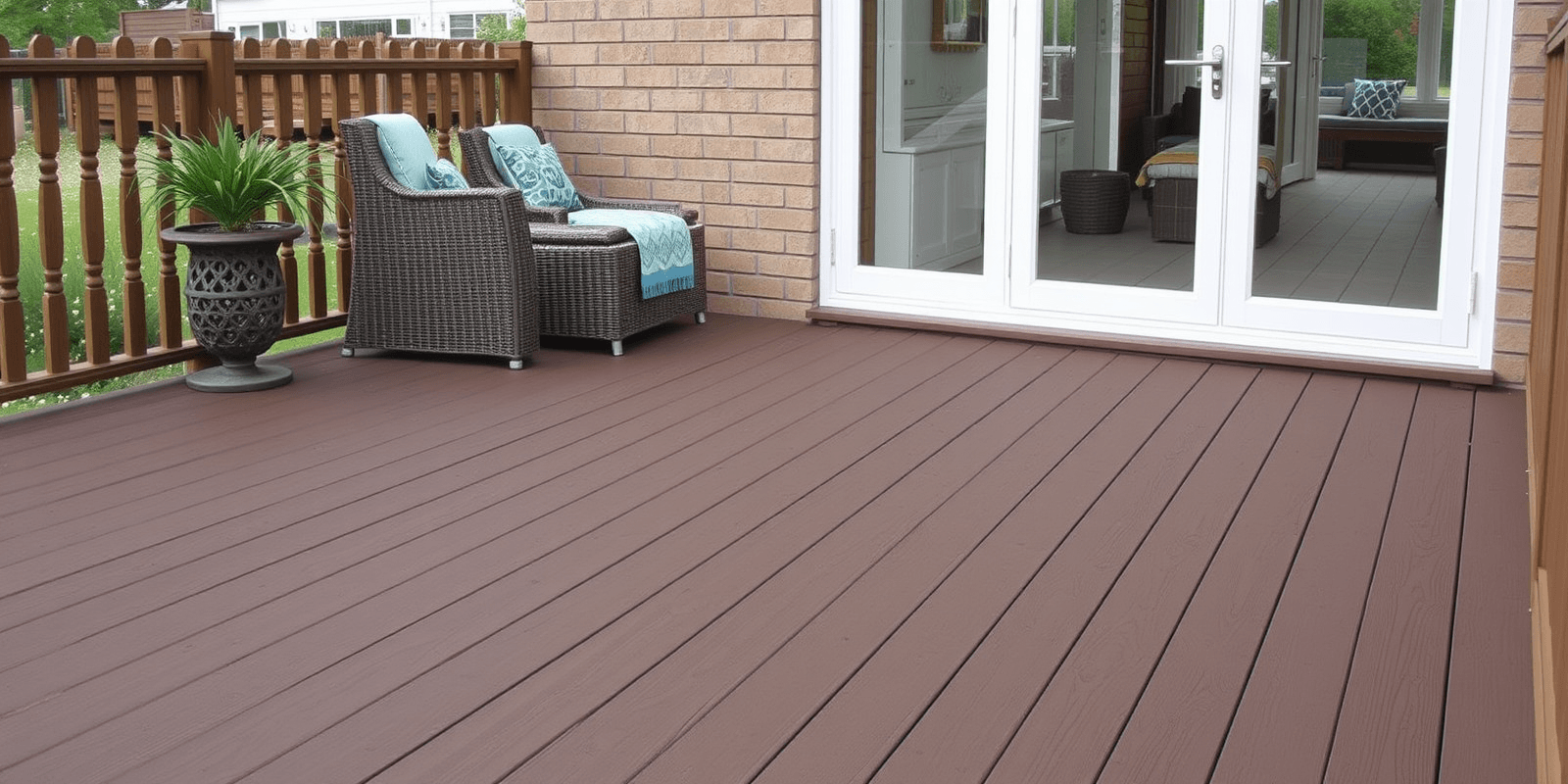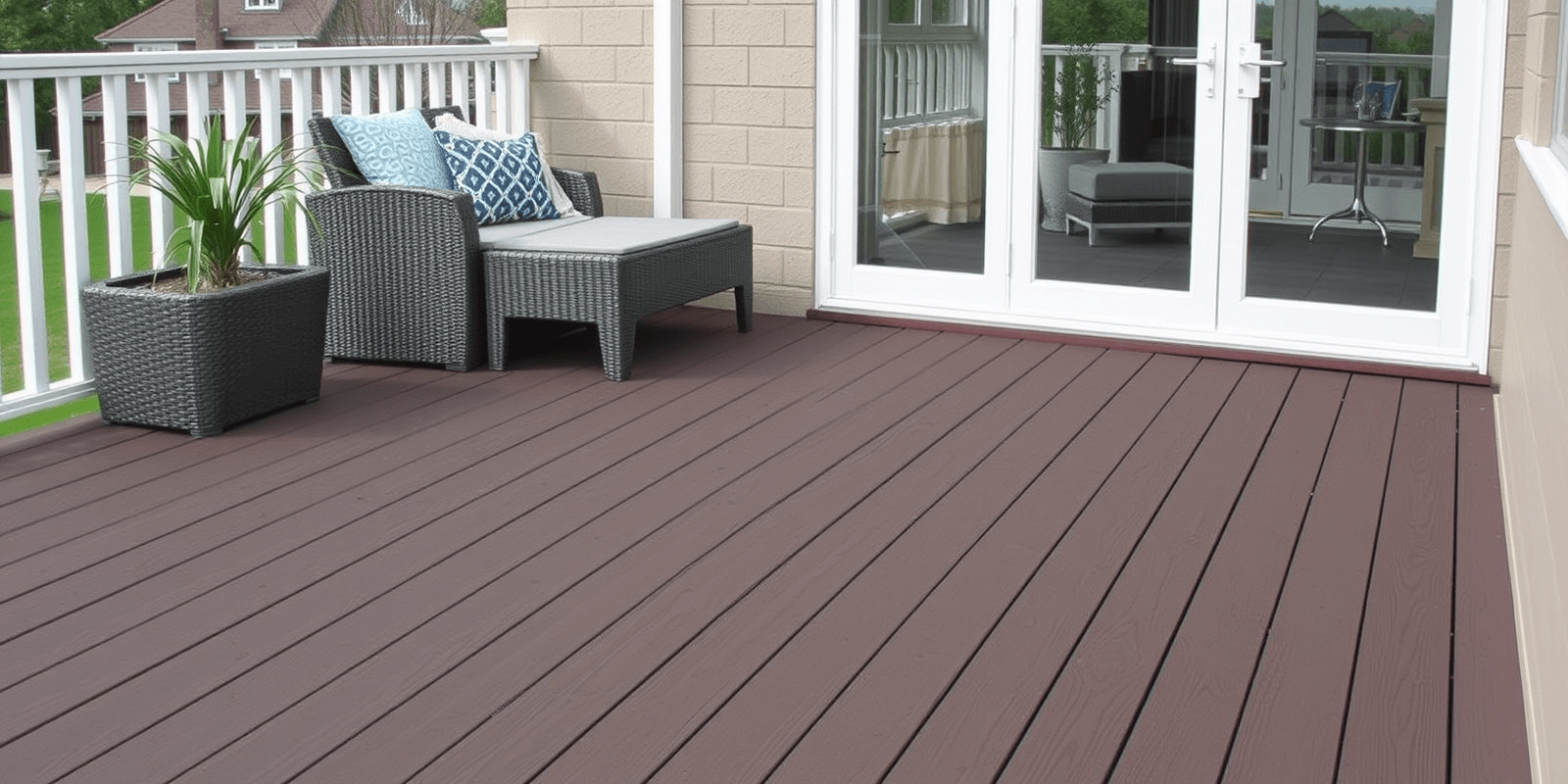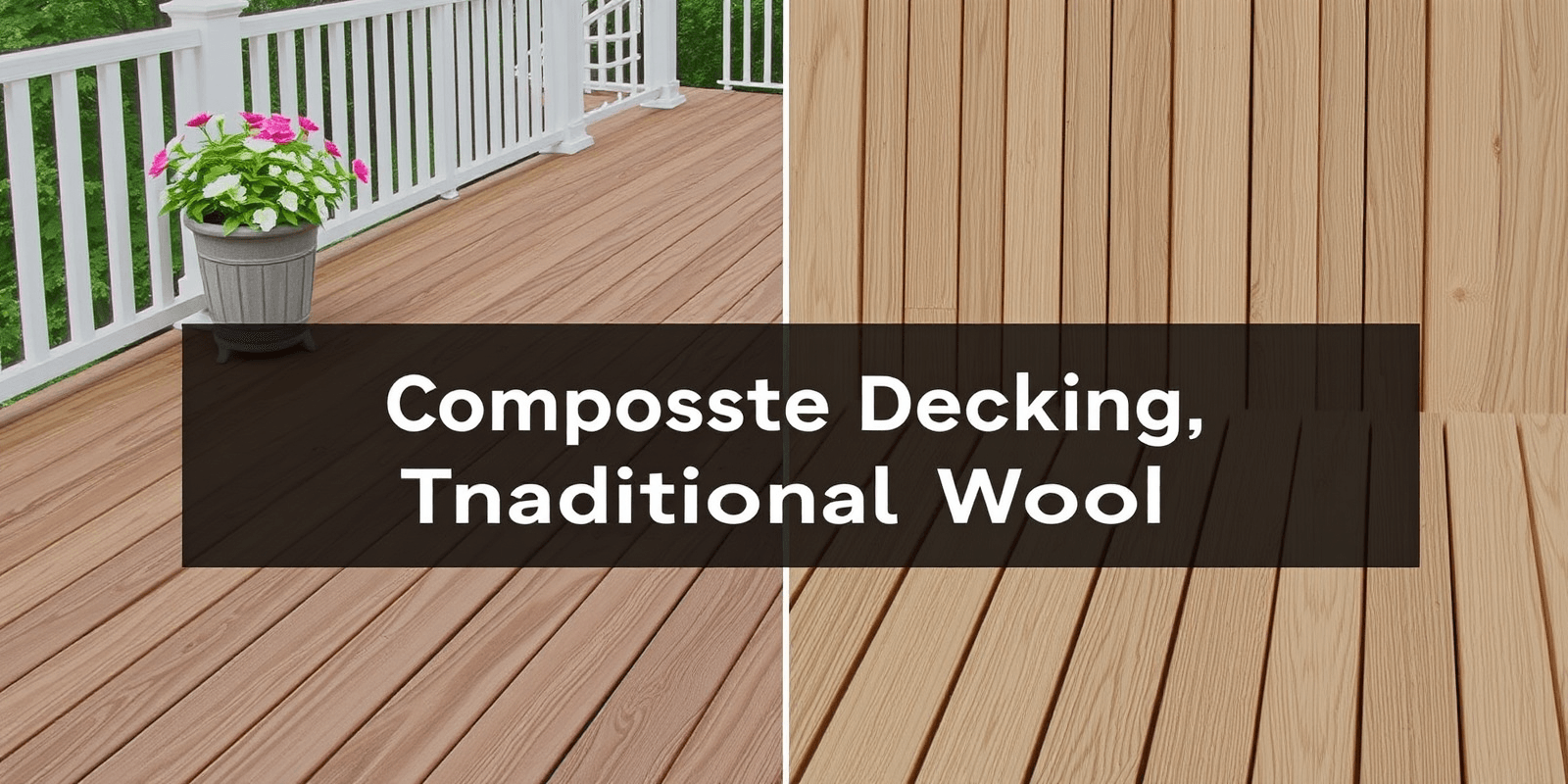“`html
Choosing Woodland Brown Composite Decking: A Sustainable Choice
Introduction
In recent years, there has been a growing trend towards sustainable living, with consumers increasingly seeking out environmentally friendly products for their homes. Among these choices, woodland brown composite decking stands out as an eco-friendly alternative to traditional wood decks. This article delves into the sustainability aspects of woodland brown composite decking, exploring its composition, recyclability, and how it compares to other decking materials in terms of environmental impact.
Composition of Woodland Brown Composite Decking
Woodland brown composite decking is primarily made from a blend of wood fibers and recycled plastic. The wood fibers, often sourced from sawdust or wood chips, are combined with high-density polyethylene (HDPE) or polypropylene (PP), which are both highly recyclable plastics. This unique composition not only reduces the demand for virgin timber but also repurposes waste materials that might otherwise end up in landfills. Moreover, the composite material is designed to be more durable than traditional wood, requiring less maintenance and extending the life of the deck.
Recyclability and Environmental Impact
One of the key sustainability features of woodland brown composite decking is its recyclability. Unlike traditional wood decks, which can degrade over time and become difficult to recycle, composite decking can be processed and reused at the end of its lifecycle. Companies specializing in composite materials often have recycling programs that allow old decks to be broken down and incorporated into new products, thereby reducing waste and conserving resources. Additionally, the production process of composite decking typically consumes less energy compared to manufacturing new wood planks, further minimizing its carbon footprint.
When compared to other decking materials, such as pressure-treated lumber or natural wood, composite decking generally offers a lower environmental impact. Pressure-treated lumber, for instance, involves the use of chemicals like arsenic and chromium to prevent rot and insect damage, which can pose health risks and environmental concerns. Natural wood, while renewable, requires significant land use and can lead to deforestation if not sourced responsibly. In contrast, composite decking provides a balance between durability and sustainability, making it an attractive option for eco-conscious homeowners.
Conclusion
Choosing woodland brown composite decking is a smart decision for those looking to create a beautiful outdoor space while minimizing their environmental impact. Its composition, recyclability, and overall lower environmental footprint make it a superior choice compared to traditional wood or pressure-treated alternatives. As consumers continue to prioritize sustainability, woodland brown composite decking will likely remain a popular and responsible option for home improvement projects.
“`



